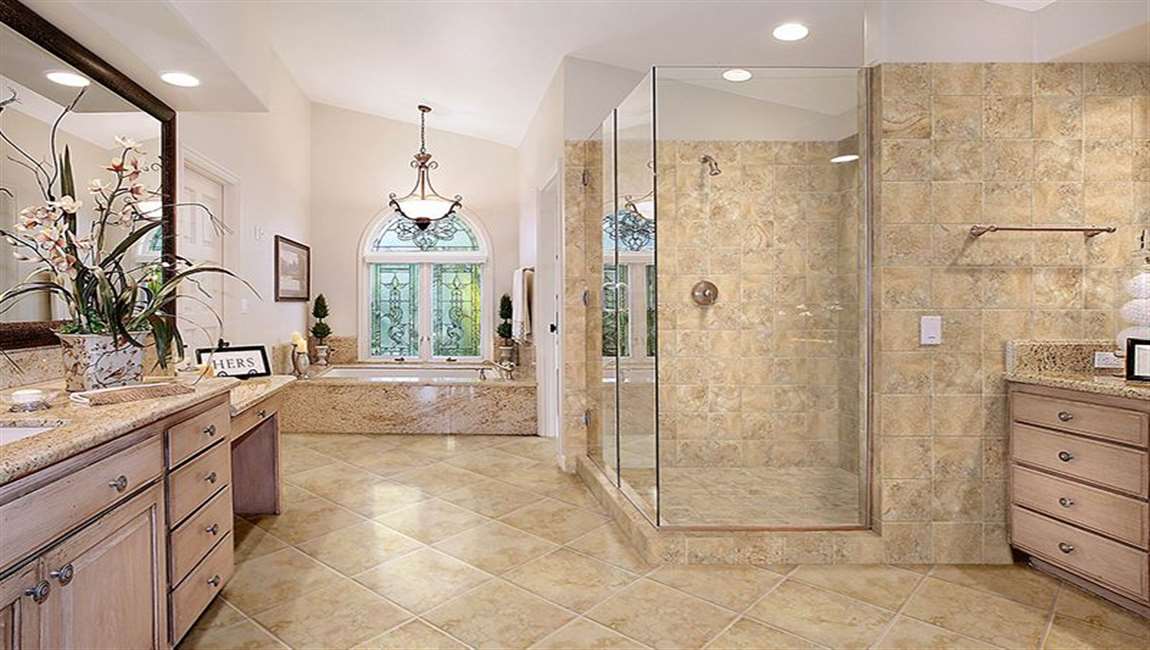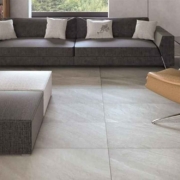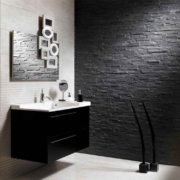How to Tile a Backsplash?
Installing a tile backsplash in your kitchen offers numerous benefits over painted or paper drywall. Tiles can protect the wall they cover, can be easily scrubbed of grease and grime, are much more durable than drywall, and make for a fantastic addition to your kitchen if they’re installed correctly. Learning how to add a tile backsplash is well within the reach of anyone willing to put in a few days of DIY work.
Once you’ve applied the first few Valley tiles, take a step back and evaluate the way it looks. Straighten up any crooked tiles, or adjust any that aren’t quite sitting in the right place. You’ll only have a few minutes to do so before the mastic hardens, so work quickly. Use a grout float or another flat surfaced tool to press the Phyllite tiles into place and make sure they are all level.
Use a score-and-snap element tile cutter to trim the tiles for corners. If your polished porcelain tiles don’t fit perfectly into the space you’re tiling, you’ll need to trim some tiles around the edges. Hold your tile in place and mark the point you’ll need to cut. Firmly score the tile along that point with a score-and-snap cutter, before bending it to snap it to the right size.
It may help to sand down the side of the wood tile you have cut slightly, to remove any sharp edges before you put it into place. Put the cut side away from the tiles you have already placed so that the pattern of the edges remains the same across the entire backsplash.
Leave the tiles design to set overnight. While the mastic will begin to harden after roughly 10 minutes, it will take much longer for it to set up entirely. Leave your tiles overnight, or ideally for a full 24 hours, to allow the mastic to harden and keep your tiles in place.
Your classico tiles won’t be protected during this time. If your backsplash covers the area above your stove, you may need to avoid using it until the wall tiles have set into place.
















